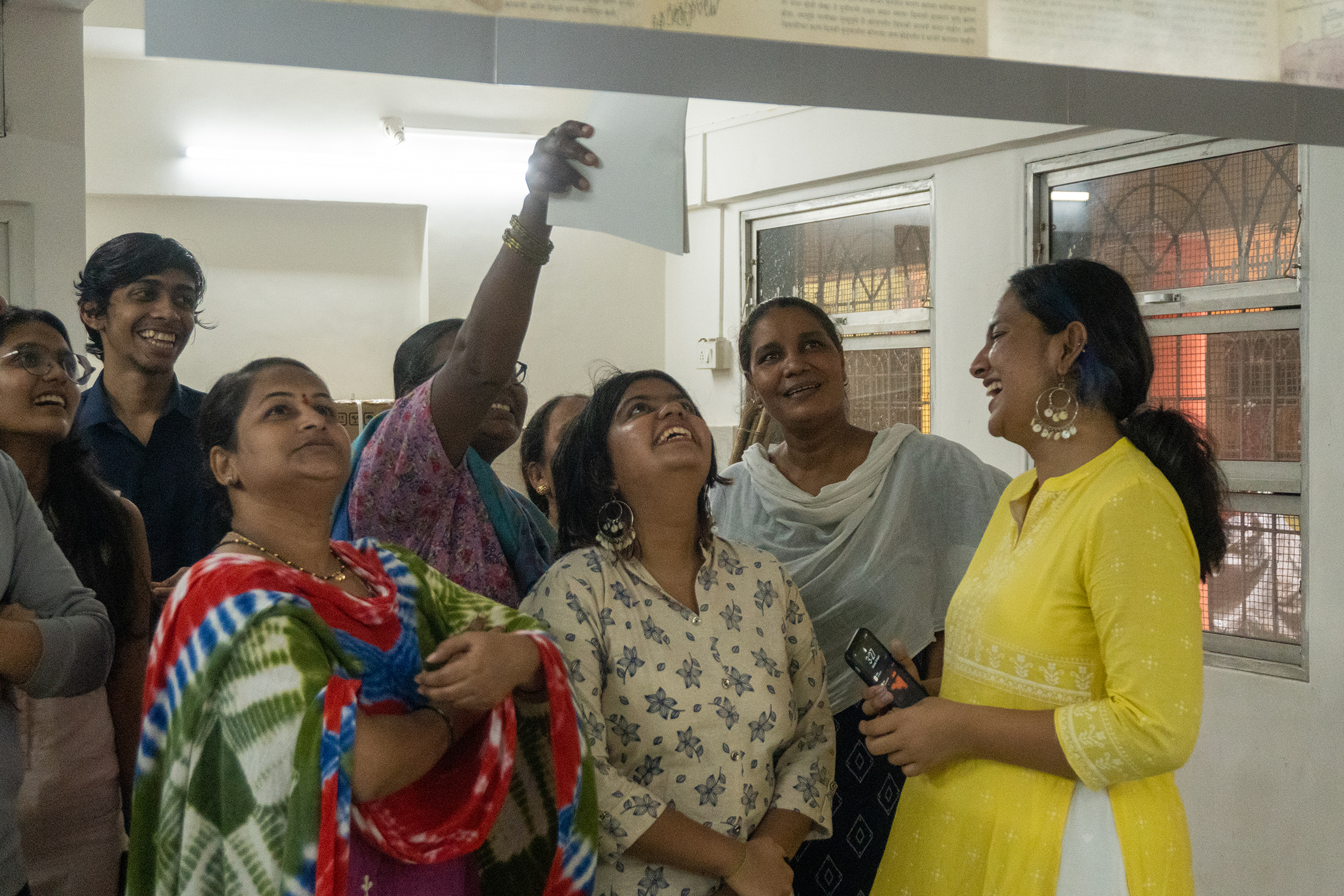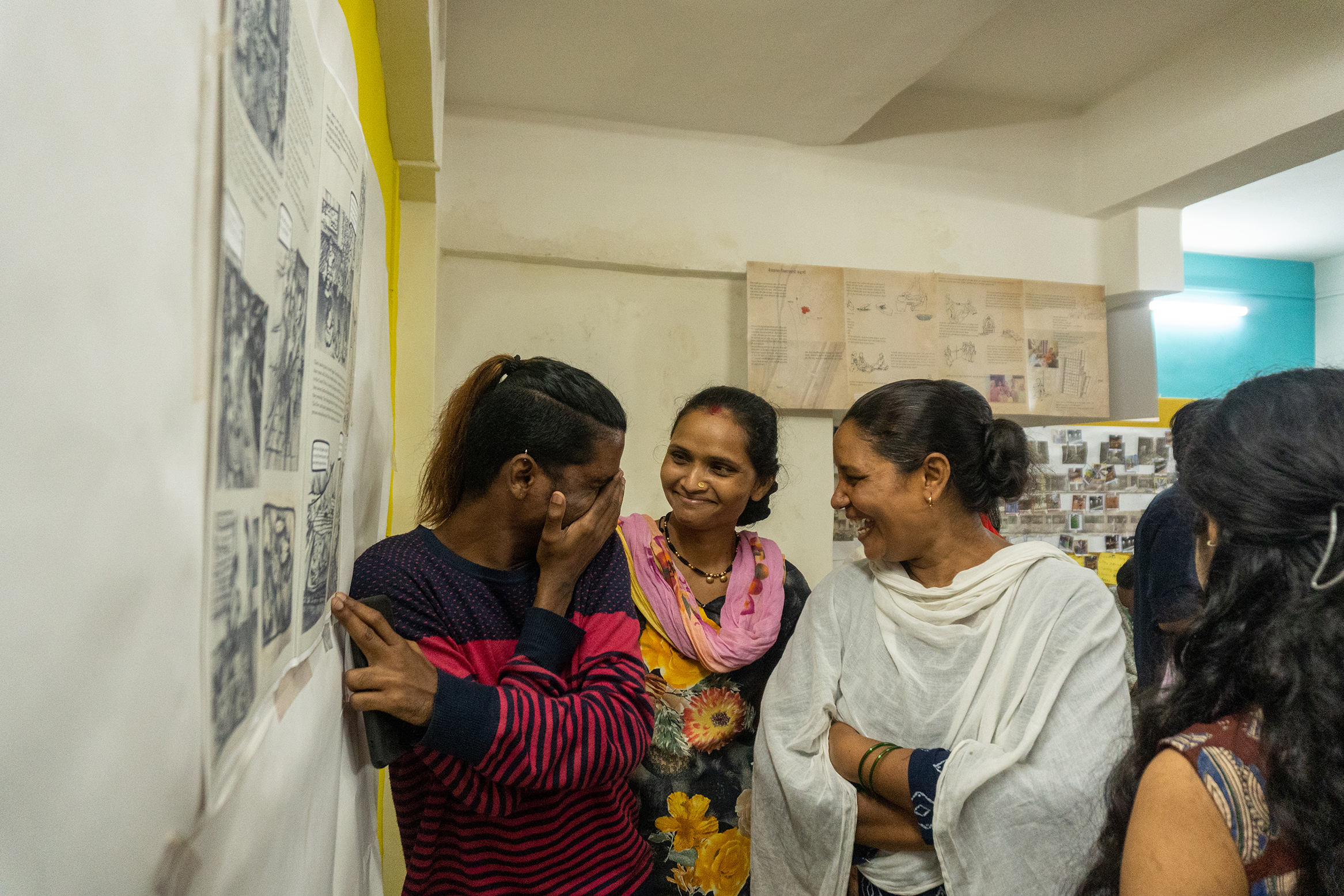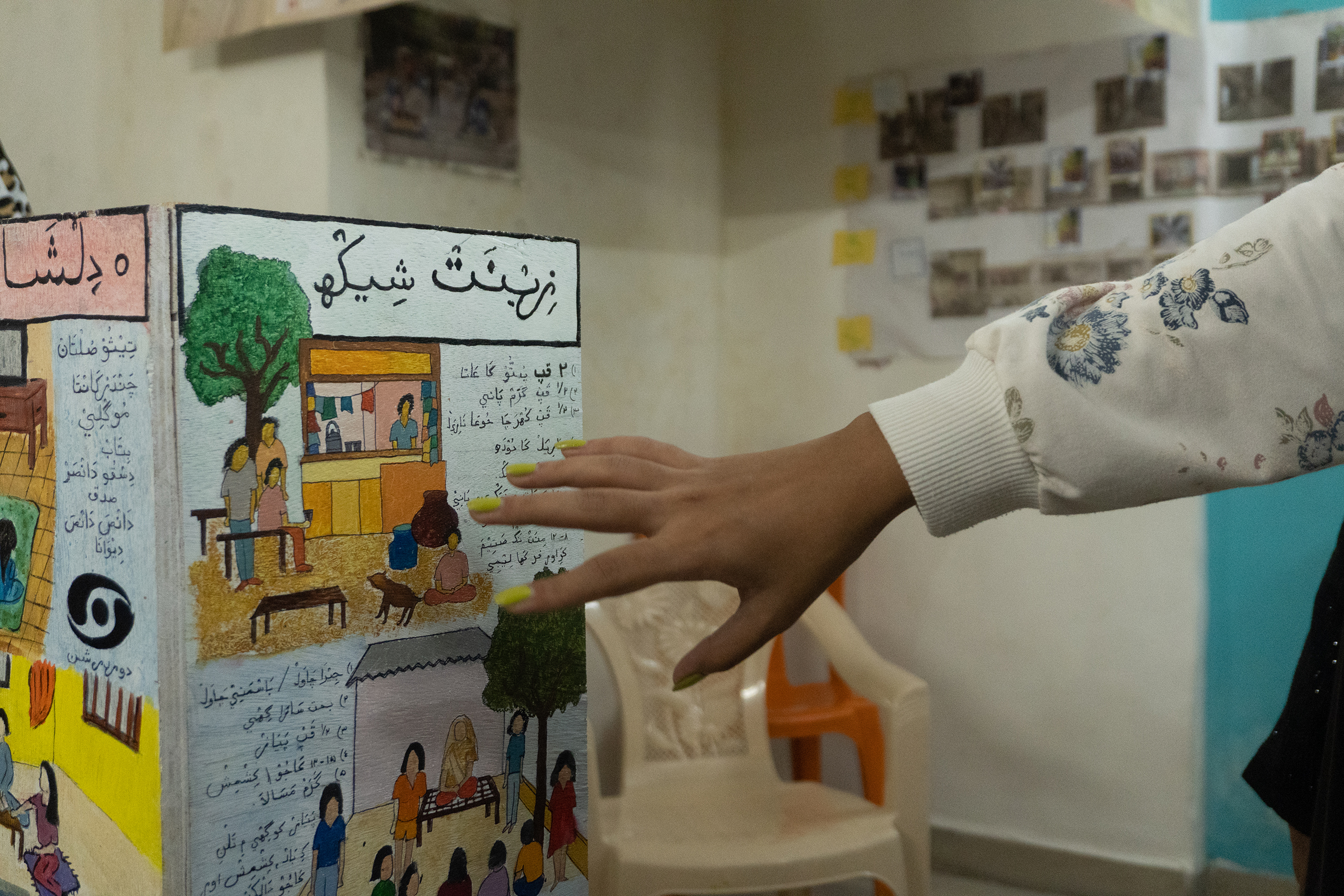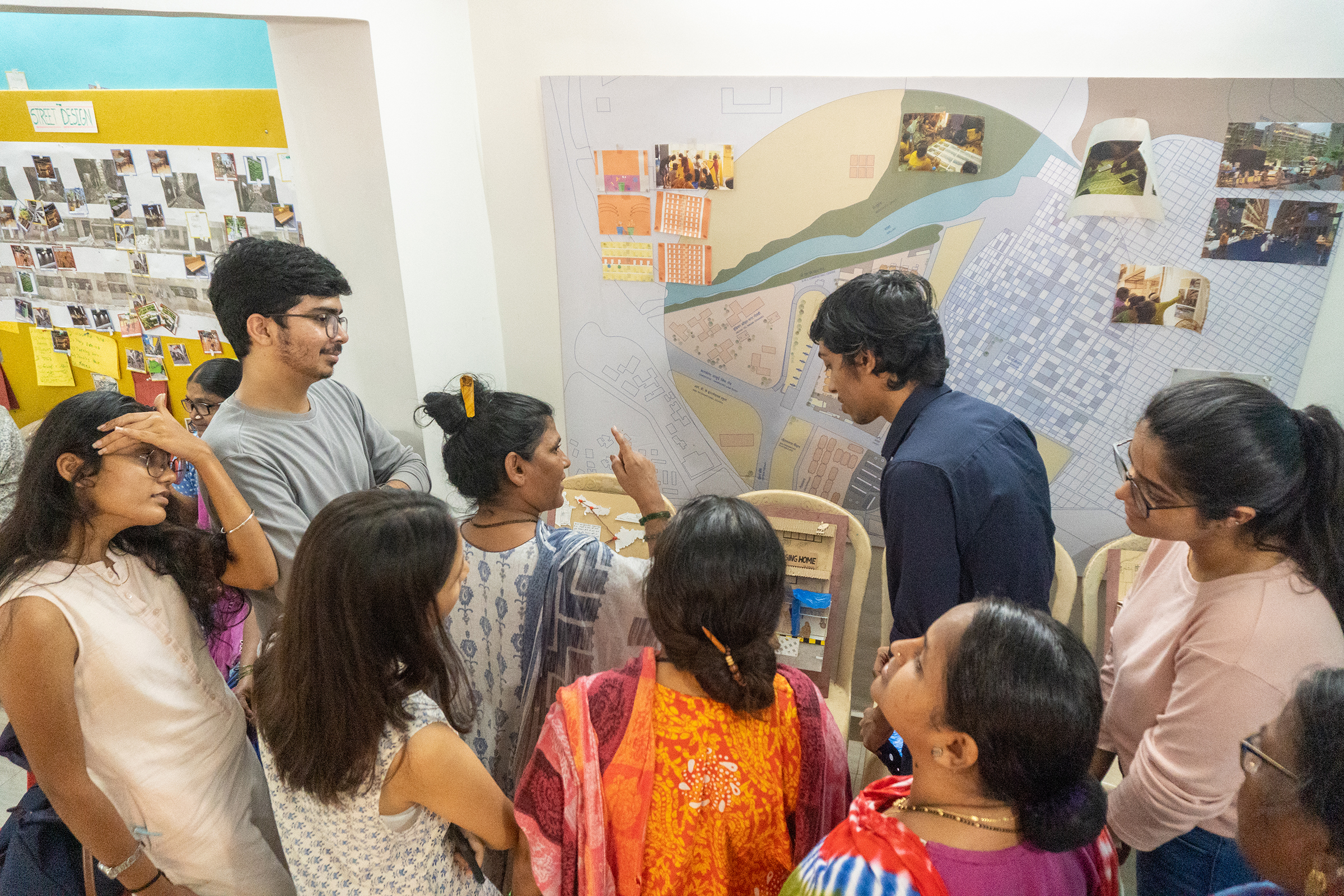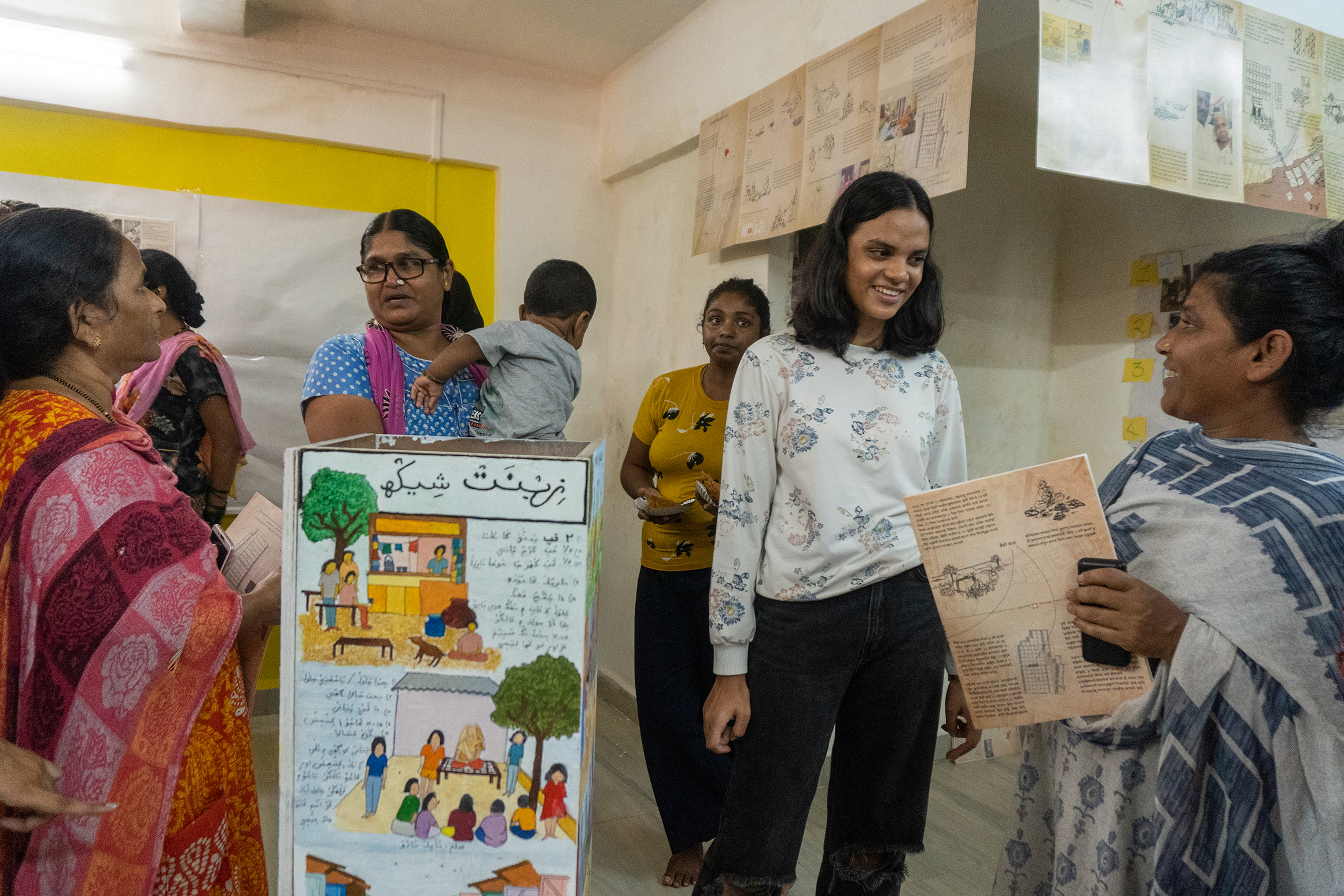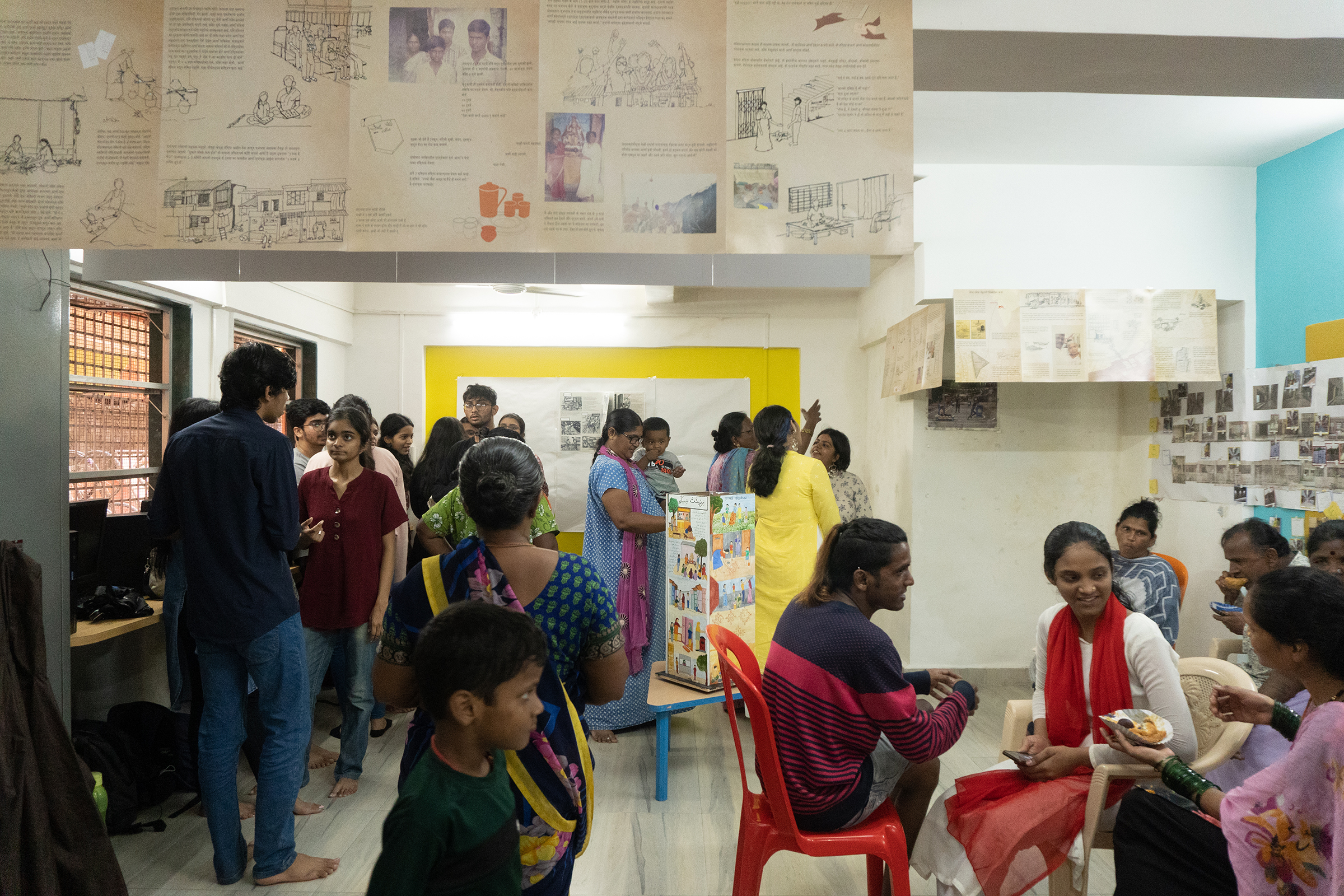Allied Studies, Bhavna Jaimini and Rohini Singh
Participatory Design
Rishabh Chajjer
"ये किसका घर हैं?", "घर क्या हैं?", "कौन हैं ये लोग?", "कहाँ से आये हैं?", "हम उनके घर क्यों जा रहे हैं?", "उनकी जीवित कहानियां सुननी, जाननी और बतानी चाहिए?", "यह हमारा घर है।", "ये लोग हमारे साथी हैं। जैसा की संत रविदासजी अपनी बेगमपुरा की कल्पना में कहते हैं -
“The regal realm with the sorrowless name
they call it Begumpura city, a place with no pain,
no taxes or cares, none owns property there,
no wrongdoing, worry, terror, or torture.
Oh my brother, I’ve come to take it as my own,
my distant home, where everything is right …
They do this or that, they walk where they wish,
they stroll through fabled palaces unchallenged.
Oh, says Ravidas, a tanner now set free,
Those who walk beside me are my friends.”
they call it Begumpura city, a place with no pain,
no taxes or cares, none owns property there,
no wrongdoing, worry, terror, or torture.
Oh my brother, I’ve come to take it as my own,
my distant home, where everything is right …
They do this or that, they walk where they wish,
they stroll through fabled palaces unchallenged.
Oh, says Ravidas, a tanner now set free,
Those who walk beside me are my friends.”
Coming from our privileged positions there’s an absolute possibility of appropriation and othering. The gaze is mostly of an outsider which leads to the mobilization of pity and sympathy. We were aware and cautious to not fall in this pit. We went to the households of various communities that we divided amongst ourselves as a group of twenty members across all the batches. We spent our days with them, learning about their stories of everyday, cultural backgrounds, identity and their challenges. All of us went with some presumptions and anxieties which were dissolved by the end of the first day. The modus operandi here is the ‘Conversation’ and reversing the gaze on ourselves. These conversations were charged by ethnography as a method.
“Yeh Hamara Ghar Hai”, was about creating a Neighborhood Museum in a Resettlement and Rehabilitation Colony in Govandi, Mumbai through community-based oral histories.
